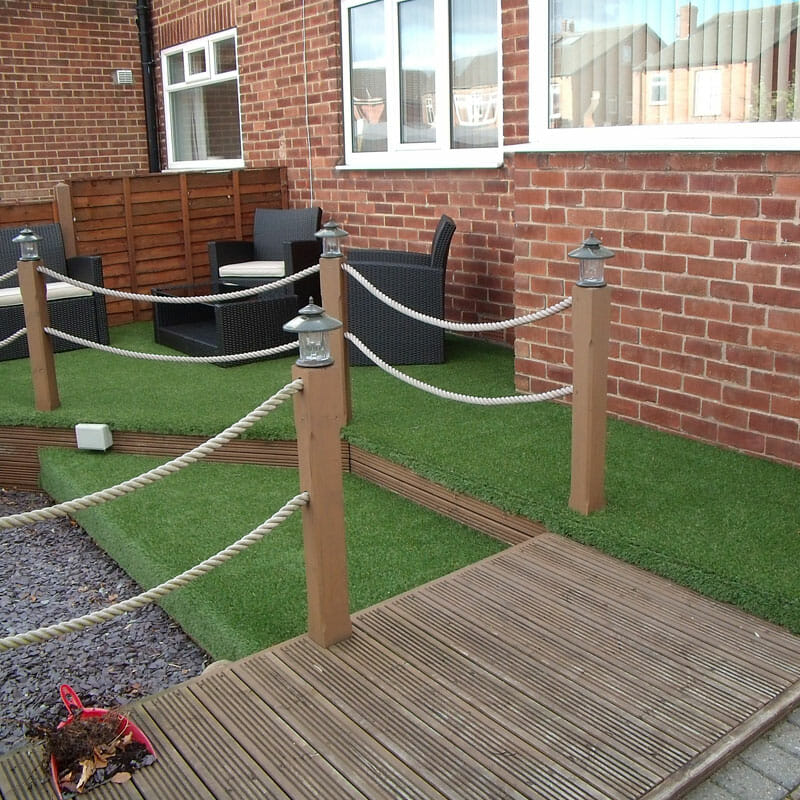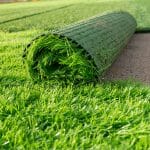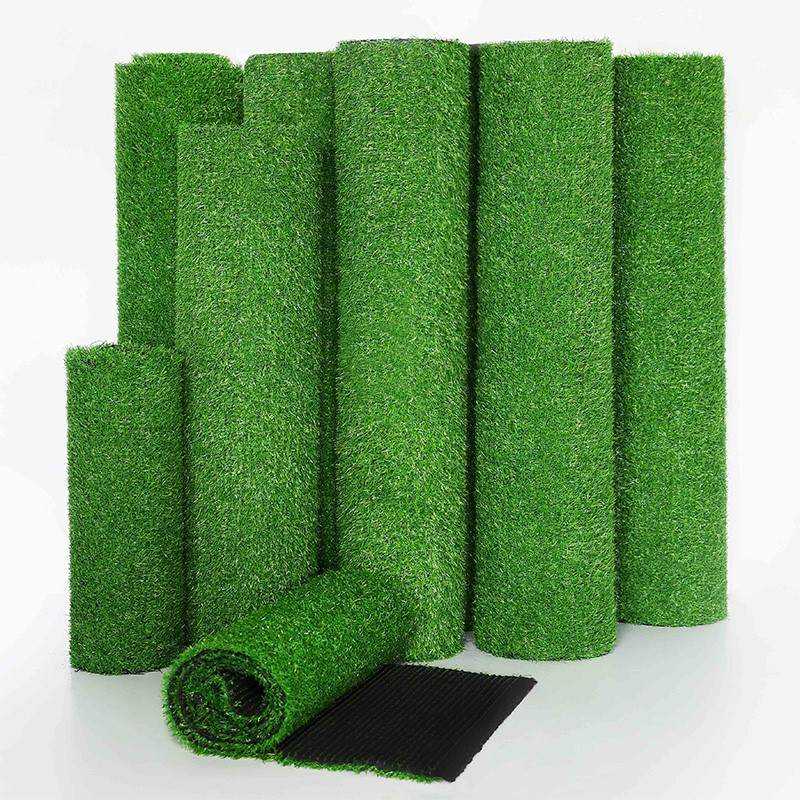
Artificial grass offers a versatile and low-maintenance solution for creating vibrant outdoor spaces. However, when considering installing artificial grass on decking, there are several potential challenges that need to be addressed to ensure a successful and visually appealing result. In this article, we will delve into the common problems associated with using artificial grass on decking and explore effective solutions to overcome them.
**1. Drainage Issues:**
One of the primary challenges with installing artificial grass on decking is ensuring proper drainage. Decking surfaces are typically solid, which can impede water drainage and lead to water pooling. This can cause a range of problems, including a soggy or even damaged decking structure. To tackle this, consider adding drainage solutions such as perforated underlays that allow water to flow through and prevent puddling.
**2. Uneven Surface:**
Decking may have an uneven surface with gaps, screws, and joints that can create an uneven base for artificial grass. Uneven surfaces can lead to an unnatural appearance and wear and tear on the grass. Before installation, it’s important to level the decking or use a layer of underlayment to create a smooth and even surface for the grass to be laid on.
**3. Heat Absorption:**
Artificial grass can absorb and retain heat, which can be a concern on decking that is exposed to direct sunlight. This can make the surface uncomfortably hot, especially in the summer months. To mitigate this, opt for lighter-colored artificial grass varieties that absorb less heat or consider using shade solutions like pergolas or umbrellas to provide relief from the sun.
**4. Fading and Discoloration:**
Excessive exposure to UV rays can cause artificial grass to fade or discolor over time. Decking areas that receive prolonged sunlight can accelerate this process. To maintain the vibrancy of your artificial grass, choose high-quality UV-resistant grass varieties and apply UV protective treatments if necessary.
**5. Trapped Moisture:**
Moisture can get trapped between the artificial grass and the decking, leading to mold and mildew growth. Adequate ventilation is crucial to prevent moisture buildup. Consider using breathable underlays that allow air to circulate beneath the grass, preventing the growth of unwanted microorganisms.
**6. Decking Integrity:**
The weight and pressure exerted by foot traffic and furniture can impact the structural integrity of the decking. While artificial grass is generally lightweight, it’s important to consider the load-bearing capacity of your decking before installation. Reinforce the decking if needed to ensure it can support the additional weight.
Conclusion:
While there are potential challenges to installing artificial grass on decking, they can be effectively addressed with proper planning and solutions. By ensuring proper drainage, addressing uneven surfaces, managing heat absorption, choosing UV-resistant materials, preventing moisture buildup, and considering decking integrity, you can create a beautiful and functional outdoor space that seamlessly integrates artificial grass with your decking area. With the right approach, you can overcome these challenges and enjoy the benefits of a lush and appealing outdoor environment.










